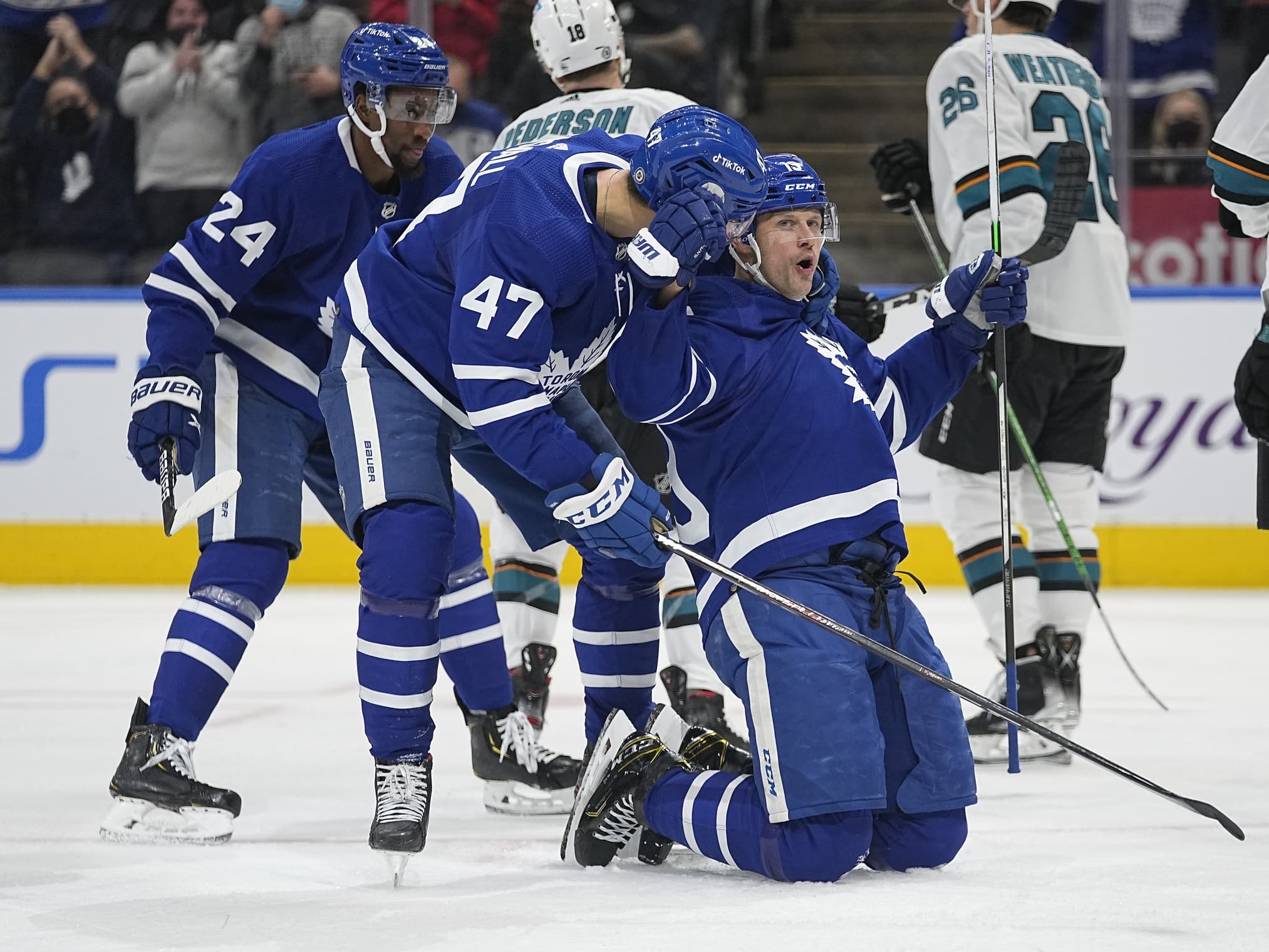Weighing rolling four lines vs. three lines plus specialists for the Leafs
Photo credit: © John E. Sokolowski-USA TODAY Sports
By Jon Steitzer
Nov 25, 2021, 11:00 EST
Breaking News
- Dallas Eakins raves about Berube, Nylander, & Toronto’s postseason growth: Leafs Morning Take
- Craig Berube on what he’s learned from coaching William Nylander: ‘Just leave him alone’
- Brad Marchand admits the 2025 Leafs are continuing to get better
- Craig Berube doubts Anthony Stolarz will travel to Florida for Game 3-4 against Panthers
- Max Pacioretty exemplifies Maple Leafs’ willingness to sacrifice vs. Panthers
